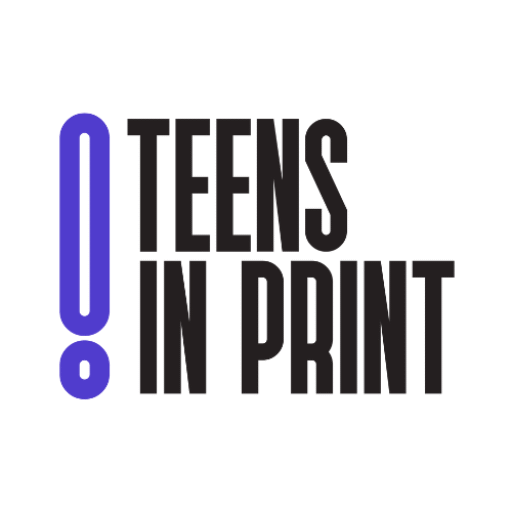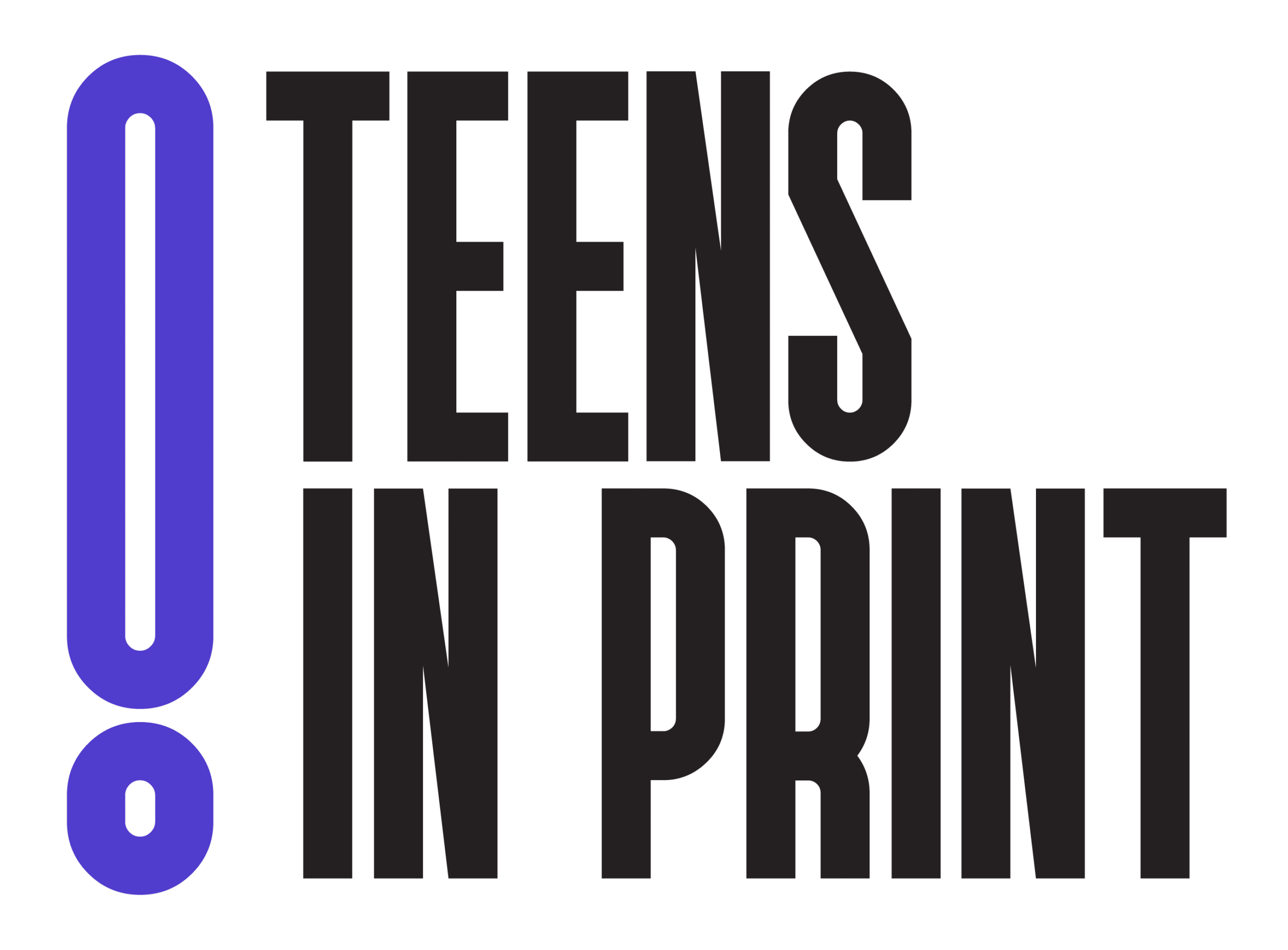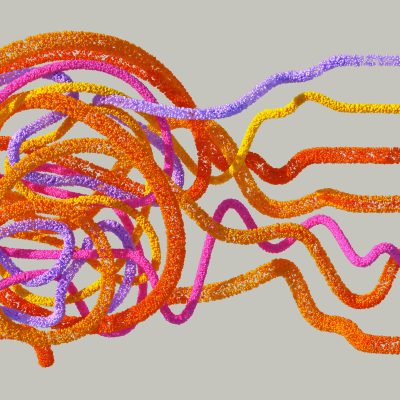Decreasing the number of cars on the road can save lives and the environment
I walk slowly along the sidewalk knowing that I am almost there. My hopes go up, but right back down after seeing the sea of cars, I have to cross. I feel sweat trickling down my neck as the colored tons of metal move to their destination at lightning speed. Is it any wonder that people are nervous about crossing a street filled with these death machines? Somehow I managed to get across and make it to safety. Though the experience got me thinking about why streets are not made for pedestrians. Could we potentially live without cars?
The number of cars should be limited to give the streets back to the people. Before people had cars, people were traveling by carriage, walking, ships, or horse, but those ways of transportation often took a lot of time. Cars gave back the time people would often spend traveling and made it easier for people to get around. Moreover, Cars revolutionized the way cities and towns were built because now in the 21st century you can see that the streets are made for cars and not for the people.
However, no matter how helpful cars are, they have many downsides. Even though cars have made many safety advancements like seatbelts, airbags, and crumple zones, the National Highway Traffic Safety Administration (NHTSA) projects that “an estimated 42,915 people died in motor vehicle traffic crashes last year.” Even with the significant safety changes, large numbers of people are still dying in car accidents. A benefit of limiting cars is that it could save so many lives because if there is a limit, then fewer car accidents can happen since there are fewer cars on the road.
Cars are contributing to climate change by releasing greenhouse gasses that get trapped in the atmosphere, heating the earth up. Not only does climate change destroy the habitats of animals such as polar bears in the arctic, but it also causes extreme weather like hurricanes, wildfires, and floods that could potentially kill you. Humans have caused irreversible damage to our only planet by burning oil and gas. The EPA (Environmental Protection Agency) highlights that “Greenhouse gas (GHG) emissions from transportation account for about 27 percent of total U.S. greenhouse gas emissions, making it the largest contributor of U.S. GHG emissions.” To have a limited amount of cars on the streets is a collaborative effort that needs to be taken by everyone including corporations.
I know most people might be thinking that a car-free future is impossible because cars are used to get us everywhere we need to go and if we limit cars, then we will limit the mobility of people. I disagree because Oslo, the capital of Norway, has achieved the reality of a car-free zone, so why can’t other places do the same?
Oslo is just like any other capital, which has bustling streets filled with people who need to get to places; however, Oslo prioritized the people over cars, so they made Vision Zero, which is a place where you don’t have to depend on cars.
According to Terje Elvaas, who is a former Communications Adviser for the Oslo Car-free Livability Program, Oslo had bold plans to make vision zero a reality, including “the removal of 760 on-street parking places, a new driving pattern to prevent through-traffic, reallocating of car-free areas for new uses to increase city life.” Oslo made that happen and currently, the capital is a car-free area that prioritizes the people and makes transportation easier and less traffic. Not only have lives been saved, but Oslo is also a happy, healthy, and attractive city. Moreover, according to Advocacy Advance, an organization dedicated to bike and walk advancements, Oslo had reported 41 traffic fatalities, but by 2019 only one death was reported. So that shows Vision Zero works and can save lives.
One way we can bring Oslo to the U.S. would be to invest more in public transportation, and bike safety. If people have more of a variety of transportation, they will not have to depend on a car as much.
Some might say that cars are instrumental, so limiting them would be a very bad choice. Cars have many advantages like freedom, time-saving, privacy, and travel, and are useful in emergencies. But the disadvantages outweigh the minimal advantages. Every argument that people have in favor of cars is about the individual and not about the whole group. Limiting cars would be for the greater good.
We as individuals in a car-abundant society deserve to have the utmost safety when walking by making the streets for people and not machines. We shouldn’t need to depend on a death machine to get everywhere we need to go.








